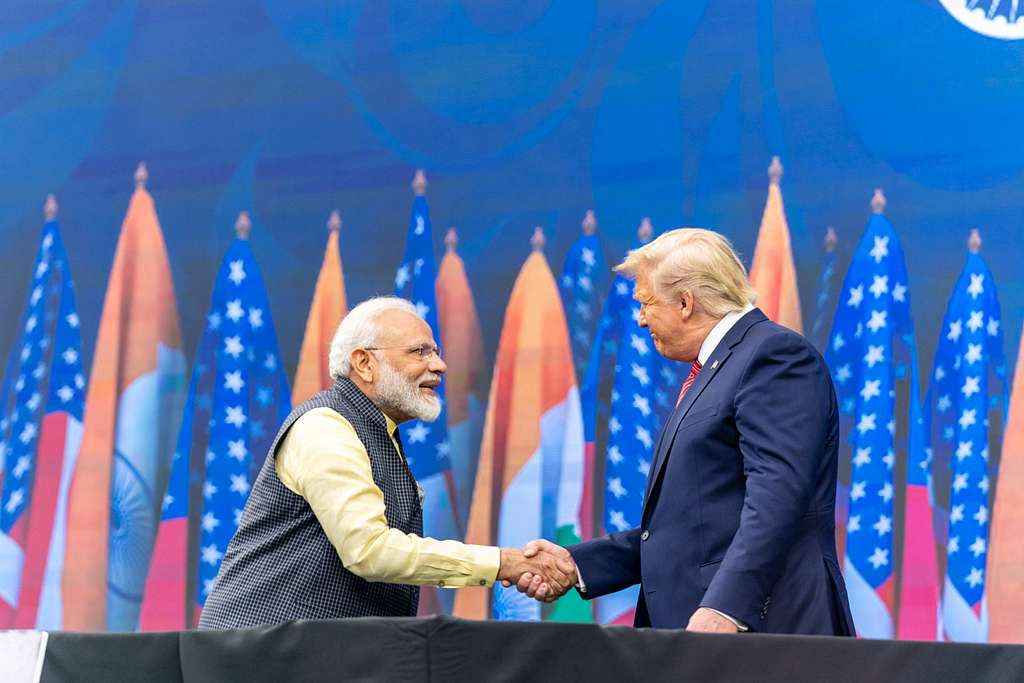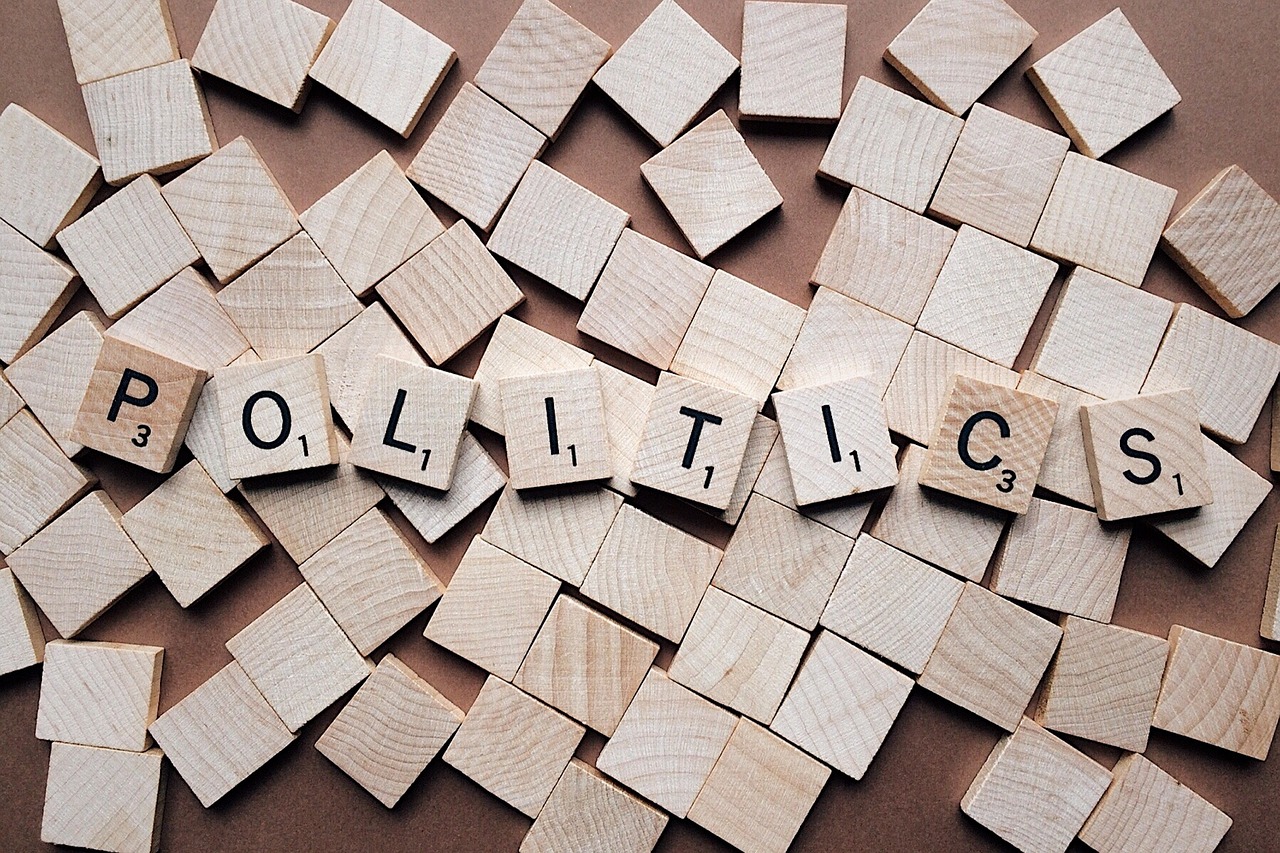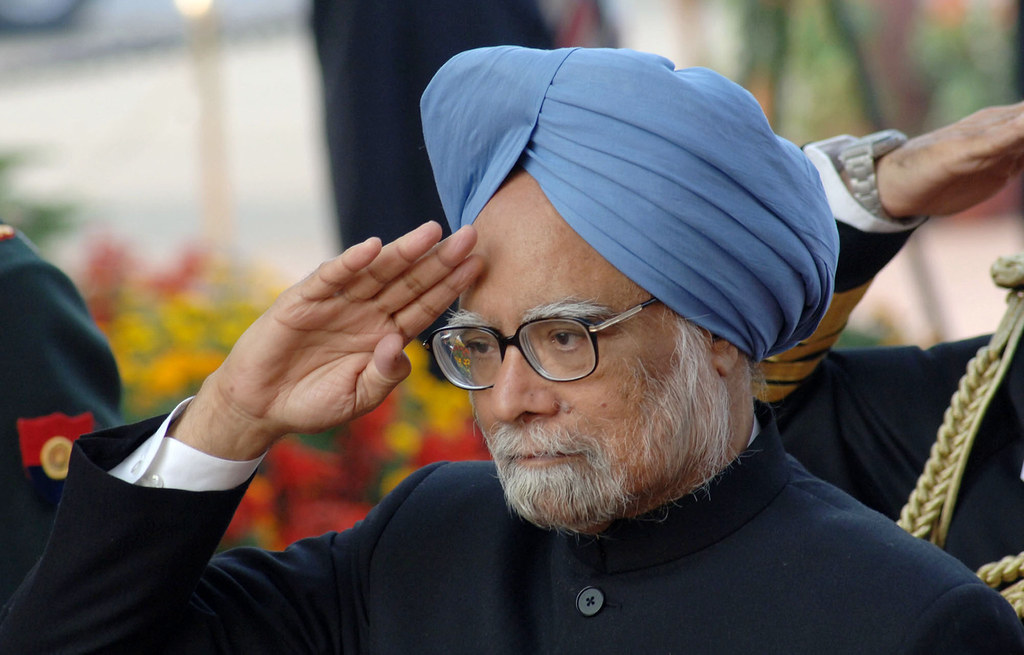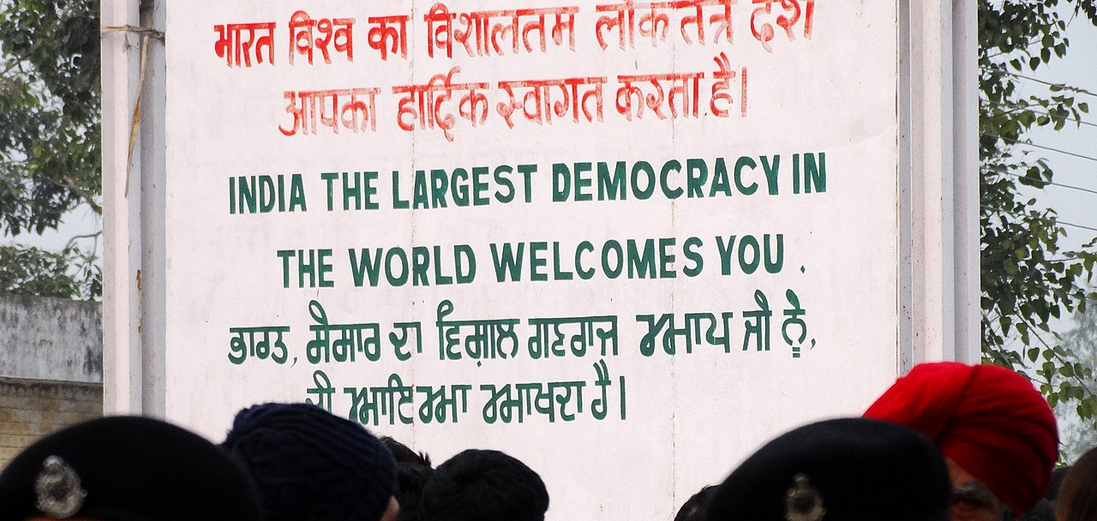In an age where a film is declared a hit or a flop on the first weekend’s performance, politicians too are finding their ratings being judged in a compressed timeframe. Narendra Modi was elected prime minister for five years, but he has already had to go through a series of early tests: 100 days, 200 and then 300 days, now his impending first year anniversary have all become occasions for the media to rate his performance. It is almost as if he is facing a constant agni-pariksha.
On his 300th day in office, the India Today Mood of the Nation poll suggested that the prime minister’s popularity had dipped compared to August 2014 and the voters’ honeymoon with their leader was over. And yet what perhaps didn’t receive as much attention is the fact that Modi’s popularity was still higher than that of Atal Bihari Vajpayee and Manmohan Singh at the same stage in their tenures. In fact, 38% of the 12,000 respondents rated his performance as ‘good’, 22% classified it as ‘excellent’: in effect, Modi still had 60% of market share, enough to suggest he remains, by some distance, still India’s neta number one.
Why then is there a growing sense in the last few weeks that the ‘achhe din’ are over for the Modi government? Partly it is because the images we see on the TV screen are no longer the happy, feel-good pictures that dominated the visual space in 2014. In the last month, the media seems to have belatedly discovered the farmer: Stories of agrarian distress have actually made it to prime time. Unseasonal rains and the possibility of a below par monsoon have spread disquiet in large parts of rural India. A falling rupee, rising oil prices, slowing manufacturing, dipping Sensex, worrying tax laws: India Inc and it’s urban middle class cheerleaders too are getting restive.
But it isn’t just the negative imagery. After almost walking on water for the first six months of his tenure, the man who rather grandiosely claimed to be a “naseebwallah” (good luck omen) has finally come down to earth. A lack of numbers in the Rajya Sabha means that legislative hurdles cannot be overcome without a deliberate reach out to his opponents; an over-centralisation of power has slowed key decision-making; a failure to induct fresh talent has hobbled key ministries; an unwillingness to kickstart a wider dialogue has meant that the communication battle on key issues like the land acquisition Bill is in danger of being lost.
And yet, the picture of doom and gloom being portrayed, including by a few Modi well-wishers like Arun Shourie, is a trifle fanciful. Yes, the Modi juggernaut of 2015 has hit a few speed breakers but to suggest it is running out of gas would be an exaggeration. To be fair, Modi has brought an energy and dynamism to the prime minister’s office in the last 12 months which was clearly missing with his predecessor. The Congress may well claim that several of Modi’s ideas, be it Swachh Bharat Abhiyan, Jan Dhan Yojana or even the Atal Bima Yojana are copy-paste programmes of original UPA initiatives. But the fact is, Modi has skilfully taken ownership of, marketed and fast-forwarded these ideas with a zeal that was often absent in the UPA II.
On foreign policy, those who felt that Modi as an inexperienced national leader would slip have also been proven wrong. The concept of an ‘active’ PMO has once again stood out, be it while reaching out to Nepal during the earthquake, or in engaging the United States presidency, or in settling an aircraft deal with France.
The key test though to judge the Modi prime ministership has always been the economy. The ‘achhe din’ slogan of the Modi 2014 campaign was premised on the promise and hope that he would dramatically transform the Indian economy. This is where the Modi government finds itself being imprisoned by its own rhetoric. That there is no magic bullet to create a job-driven growth-economy was well-established. That any big ticket reforms would face parliamentary and ideological roadblocks was also known.
And yet, Modi constantly gave the impression while running for the prime minister’s office that he would be a striking agent of change who would offer overnight relief. Even if he didn’t have the magic potion, he conveyed a sense that he had a 56-inch-chest, which would be enough to make the difference. He has had some successes: There still hasn’t been a major corruption scandal haunting the government and power generation figures are impressive.
But the impatient Indian typically wants more. In particular, he wants to see tangible change in his universe. Business doesn’t want to be caught in a maze of red tape; the farmer is battling to get a minimum support price for his failing crop; the youth are confronted with limited job opportunities. Modi in private conversation admits that legal and bureaucratic impediments mean change cannot be instantaneous: Many of his infrastructure projects, for example, will take time to fructify.
In effect, Modi is now asking the country to see his tenure as a five-day Test match; many though are going by his original election promise of a T20-like result. The mismatch between expectations and reality may well mean that Modi’s first anniversary is less an occasion to celebrate, more a time to introspect, to start under-promising and over-delivering rather than the other way round.
Post-script: On a recent visit to Modi’s home constituency of Varanasi, many residents seemed visibly pleased by the VIP status of the city. And yet, there was one sharp complaint: “Varanasi kee parampara samvad hai, par ab yahan samvad kum bhashan zyada ho rahe hai!” (Varanasi’s tradition is of dialogue, but now there is more speech-making, less dialogue).





































































































































































